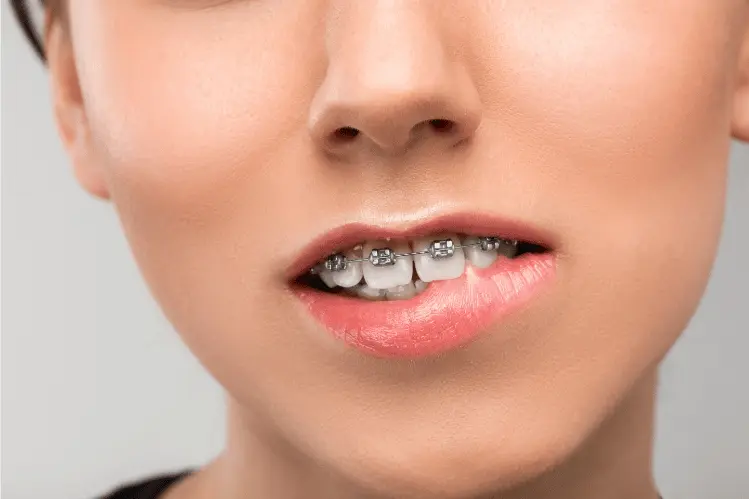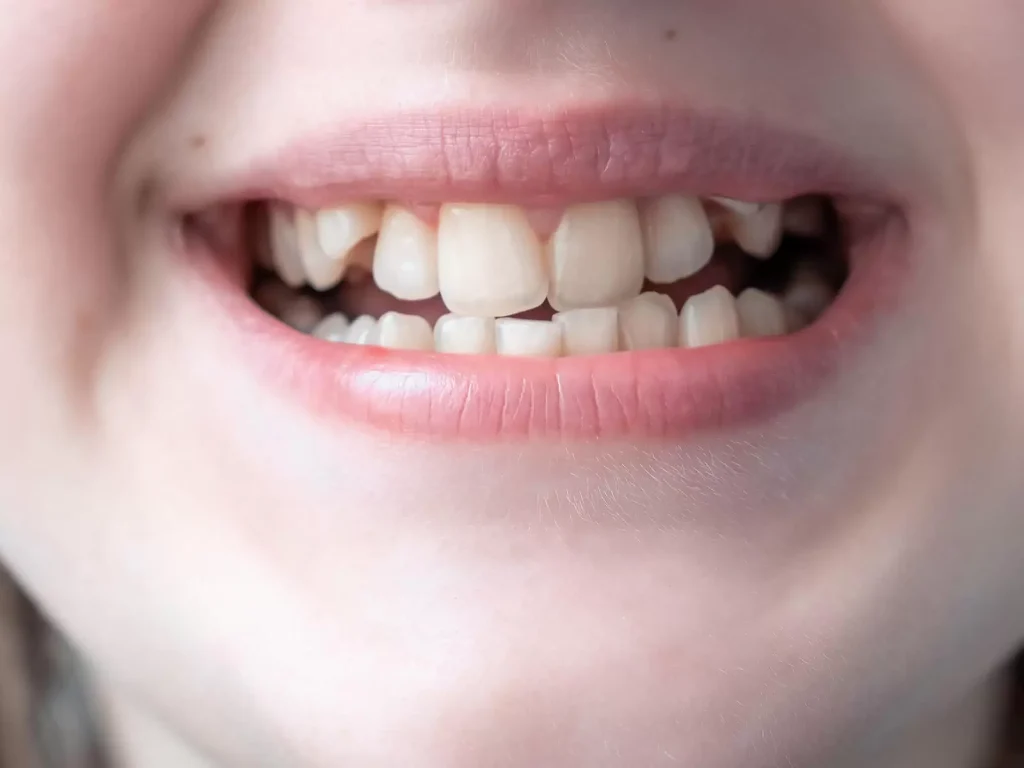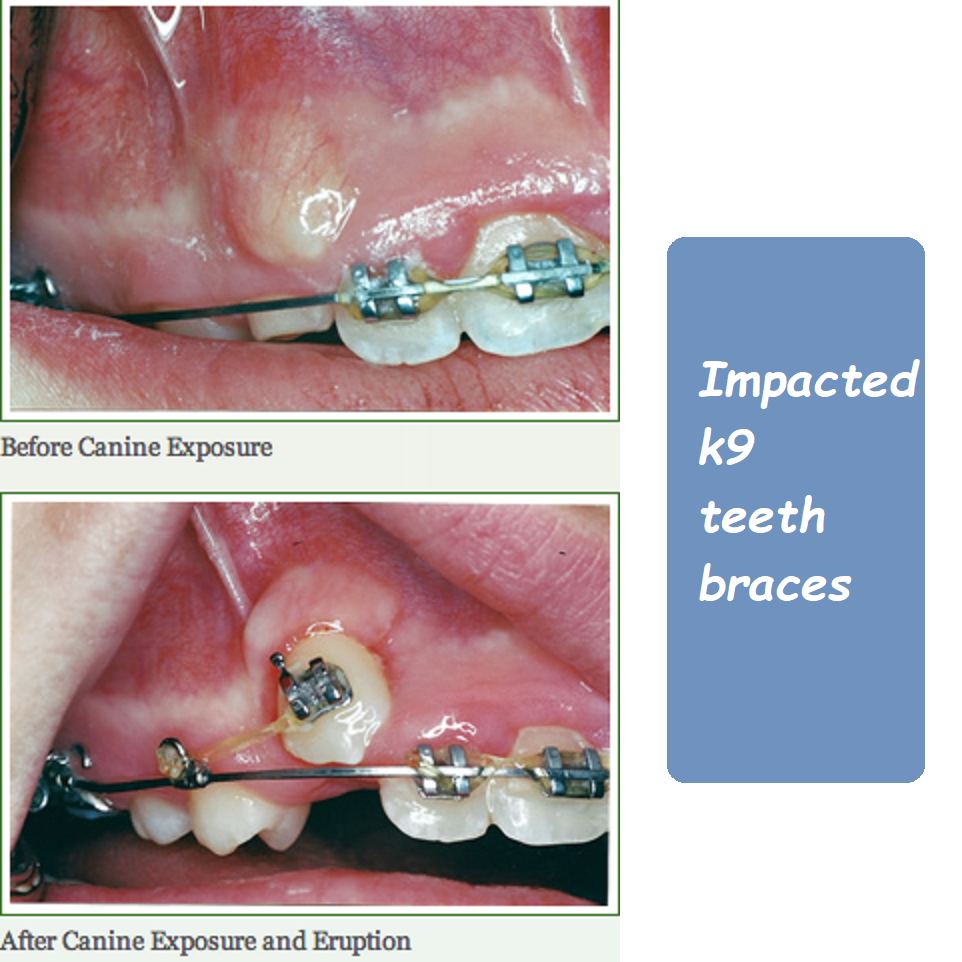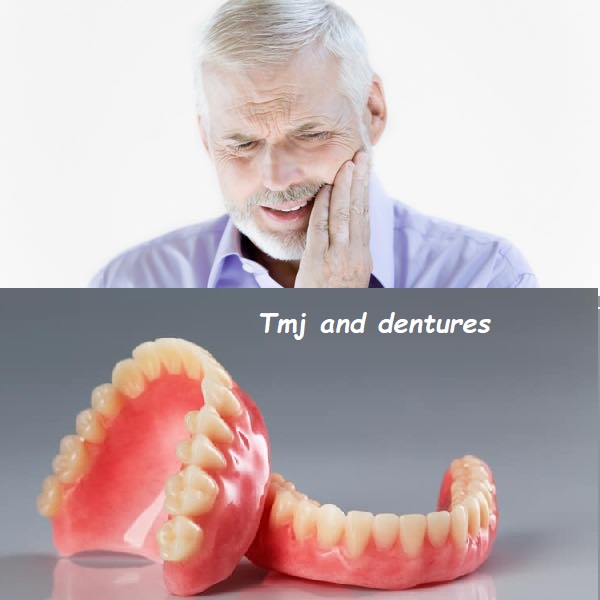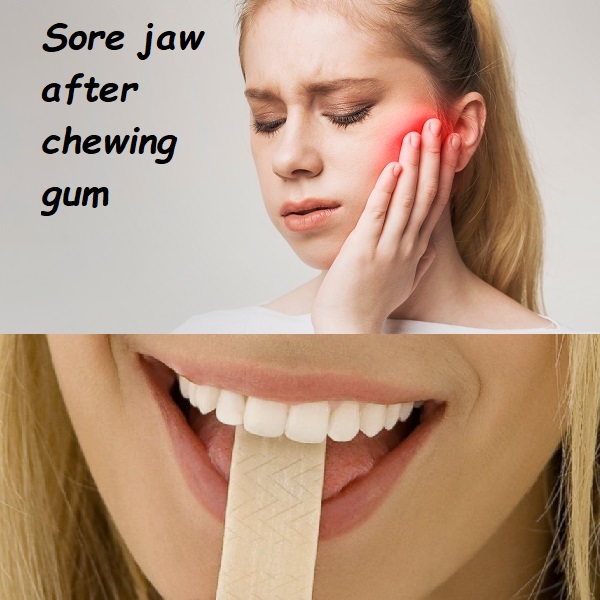TMJ and Jaw Pain: How Misaligned Teeth Contribute to the Problem
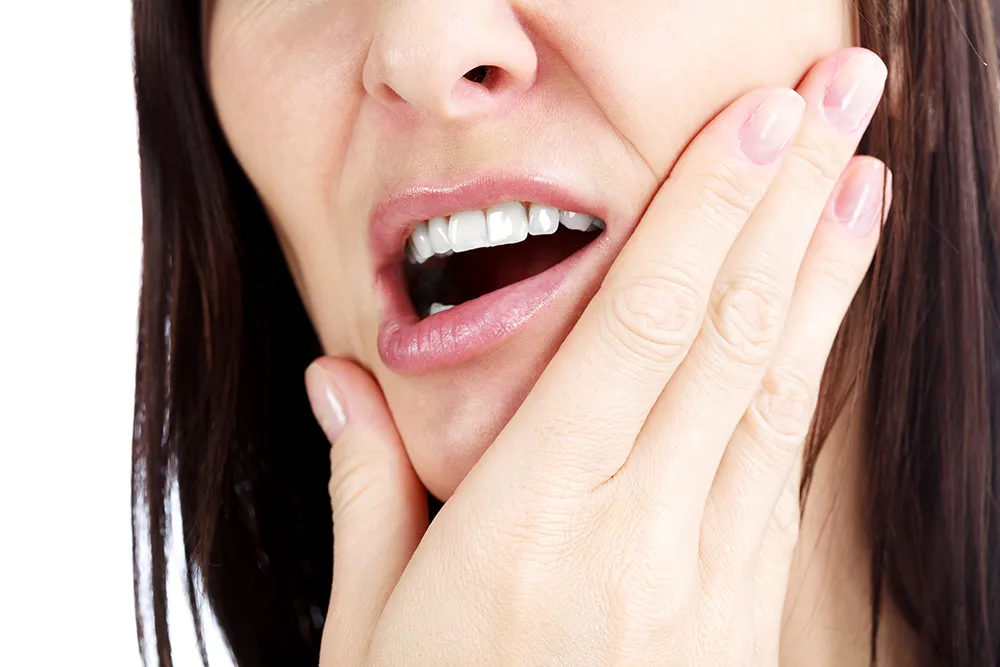
Temporomandibular joint (TMJ) disorders and jaw pain are often debilitating conditions that affect millions of people worldwide. While many factors can contribute to TMJ disorders, one of the less commonly discussed yet significant causes is teeth misalignment. Misaligned teeth can strain the jaw joint, leading to discomfort and chronic pain. In this comprehensive guide, we’ll explore how misaligned teeth contribute to TMJ disorders, the symptoms of TMJ-related jaw pain, and treatment options available to address the root of the problem.
What is TMJ Disorder?
The temporomandibular joint (TMJ) connects your jawbone to your skull, allowing for movement in various directions — essential for activities like chewing, speaking, and yawning. When this joint or the muscles around it are not functioning properly, it leads to temporomandibular joint disorder (TMD). Common symptoms of TMJ disorder include:
- Jaw pain or tenderness
- Clicking or popping sounds in the jaw
- Difficulty chewing or locking of the jaw
- Ear pain or headaches
Related Reading: Impact of Teeth Misalignment on Overall Health
While various factors, such as injury, arthritis, or stress, can contribute to TMJ disorders, teeth misalignment is often an overlooked cause.
How Teeth Misalignment Contributes to TMJ and Jaw Pain
Teeth misalignment, also known as malocclusion, can exert uneven pressure on the jaw, muscles, and TMJ, leading to chronic discomfort or pain. Here’s how the misalignment of teeth impacts the jaw and contributes to TMJ disorders:
1. Uneven Bite Pressure
When teeth are misaligned, the bite is uneven, meaning that certain teeth take on more force during chewing and talking than they should. This unbalanced pressure can lead to:
- Muscle strain: Muscles around the jaw must work harder to compensate for the uneven bite, leading to tension and fatigue.
- Joint stress: The TMJ is forced to move in abnormal ways, which puts undue strain on the joint, potentially leading to inflammation and pain.
2. Jaw Positioning Issues
Buck teeth, overbites, underbites, and other forms of teeth misalignment can cause the jaw to sit in an unnatural position. When the lower and upper jaws do not align properly, the TMJ compensates by shifting into awkward positions, increasing the likelihood of joint damage or discomfort over time.
3. Muscle Imbalances
Misaligned teeth often cause certain muscles in the face and jaw to work harder than others. For example, when your bite is off, the muscles on one side of your face may overcompensate, leading to muscle imbalances that affect both the jaw and neck. This imbalance can trigger a chain reaction, causing headaches, neck pain, and TMJ symptoms.
Common TMJ Symptoms Linked to Misaligned Teeth
If teeth misalignment is the root cause of your TMJ disorder, you may experience a variety of symptoms that range from mild discomfort to severe, chronic pain. Here are some of the most common TMJ-related symptoms that can be caused by misaligned teeth:
- Persistent jaw pain: Continuous aching or sharp pain in the jaw, especially near the ears.
- Headaches: Tension or migraine-like headaches are common with TMJ disorders, particularly due to the strain misalignment places on facial muscles.
- Clicking or popping: A common sign of TMJ issues, this occurs when the jaw shifts improperly during movement.
- Lockjaw: In severe cases, the jaw may lock in an open or closed position, making it difficult to chew or talk.
- Tooth pain: Misaligned teeth can cause wear and tear, leading to tooth sensitivity or pain.
How to Treat TMJ Disorders Caused by Misaligned Teeth
Treating TMJ disorders linked to teeth misalignment often requires addressing both the symptoms and the underlying cause of the problem. Here are some effective treatments that can help alleviate TMJ symptoms and correct misaligned teeth:
1. Orthodontic Treatment
The most effective long-term solution for TMJ disorders caused by teeth misalignment is orthodontic treatment. Braces, Invisalign, or other orthodontic appliances can help align the teeth and correct bite issues, reducing the strain on the TMJ.
- Traditional Braces: Metal braces are highly effective for correcting even severe misalignment.
- Invisalign: A more discreet option, Invisalign uses clear aligners to gradually move the teeth into the correct position without the appearance of metal braces.
Related Reading: How Braces Fix Dental Issues of Buck Teeth
2. Mouthguards and Splints
For patients with mild misalignment or those looking for a temporary solution, mouthguards or splints can be worn at night to alleviate TMJ-related symptoms. These devices help keep the jaw in a more natural position, reducing strain on the muscles and joints.
- Stabilization splints: These devices are worn over the teeth and help distribute the pressure evenly across the bite.
- Repositioning splints: These splints guide the jaw into a better position, relieving pressure on the TMJ.
3. Physical Therapy and Jaw Exercises
Physical therapy can be beneficial in relieving TMJ symptoms caused by misaligned teeth. Exercises designed to strengthen and stretch the muscles around the jaw can help reduce tension and improve jaw function. Some common physical therapy exercises include:
- Jaw stretches: These exercises increase the range of motion in the jaw, helping to alleviate tension.
- Posture correction: Improving posture can reduce stress on the jaw and neck, minimizing TMJ pain.
- Massage: Regular massage of the jaw muscles can improve blood flow and reduce muscle tension.
4. Myofunctional Therapy
Myofunctional therapy involves exercises to improve tongue posture, swallowing patterns, and breathing habits. It’s especially helpful in correcting issues like mouth breathing and improper swallowing, both of which can contribute to TMJ disorders and misalignment of teeth.
Learn More: How to Fix Buck Teeth Without Braces
5. Jaw Surgery
In severe cases where misalignment is caused by structural problems in the jaw, orthognathic surgery may be necessary. Jaw surgery can realign the bones of the jaw to ensure a proper bite, which can relieve TMJ symptoms and restore normal jaw function.
Preventing TMJ Disorders Through Proper Alignment
Preventing TMJ issues in the future involves maintaining proper oral health and alignment. Here are some steps you can take to reduce the risk of developing TMJ problems due to misaligned teeth:
- Early orthodontic treatment: Addressing misalignment early in life, especially in children and teens, can prevent TMJ disorders from developing later.
- Avoiding teeth grinding: Bruxism, or teeth grinding, can worsen TMJ symptoms. Using a mouthguard at night can help protect the teeth and jaw from excessive pressure.
- Regular dental checkups: Regular visits to the dentist can help identify and correct misalignment issues before they contribute to TMJ disorders.
Conclusion: The Importance of Correcting Misaligned Teeth to Prevent TMJ Disorders
Misaligned teeth play a significant role in the development and exacerbation of TMJ disorders. Addressing the root cause — the teeth misalignment — is the key to reducing jaw pain and improving the function of the TMJ. Whether through orthodontic treatment, physical therapy, or even surgery, fixing the alignment of your teeth is crucial for long-term relief from TMJ symptoms.
If you’re experiencing TMJ-related pain and suspect that misaligned teeth might be contributing to the issue, consult with a dentist or orthodontist for a thorough evaluation and personalized treatment plan.
References:
- American Association of Orthodontists. (2021). “Understanding TMJ Disorders and the Role of Orthodontics.”
- Mayo Clinic. (2020). “Temporomandibular Joint Disorder: Symptoms and Causes.”
- National Institute of Dental and Craniofacial Research. (2022). “TMJ Disorders: Facts and Treatment Options.”


